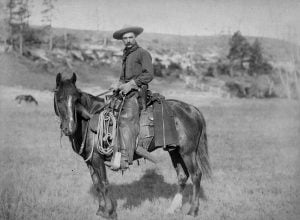Table of Contents
Activity 14.4 NCERT Class 10 Science, Sources of Energy
Brief procedure:
Activity 14.4 asks us to analyse the living of our grandparents or the older ones.
Answer:
A. How did they go to school?
Answer:
In present days we find many schools in a district. In older days school were only a few in number. People used to visit their school by walking for hours.
B. How did they get water for their daily use?
Answer: In older days people were dependent on wells, ponds and river. There was no water supply by municipalities or boring or hand pump. If the wells were far people used to take a pot and carry water for miles. Even today in some mountainous and desert regions like Rajasthan people walk for hours to procure water.
C. Means of entertainment.
Answer:
Theatres with real actors, magic shows, wrestling, archery, dancing were common in the old days. Music and poetry, and painting were also popular.
Radio was a luxury of that time and only a few people had it.
Comparison with our lives
Our life is completely different from our grandparents. We study in a nearby school. A rickshaw or school bus brings us to the school and leaves us at home.
For higher education, we have universities in almost every town. Even after that, we have trains, buses and aeroplanes to travel fast.
Water comes in our home from municipal pipelines or through boring. Now, these days even pump wells have become extinct.
For entertainment, we have cinema, tv, smartphones, laptops. Radio has become unpopular. We listen to music through mp3 players, iPods. Cassette players and cd player has become extinct.

Comparison of consumption of energy
In older days people were dependent on natural sources. Now for every need, we use appliances, gadgets, vehicles which run through electricity, diesel and petrol.
Next: Experiment with Black painted beaker to show black absorbs more heat. Activity 14.5.
Previous: Thermoelectric production of electricity using a dynamo and turbine. Activity 14.3.